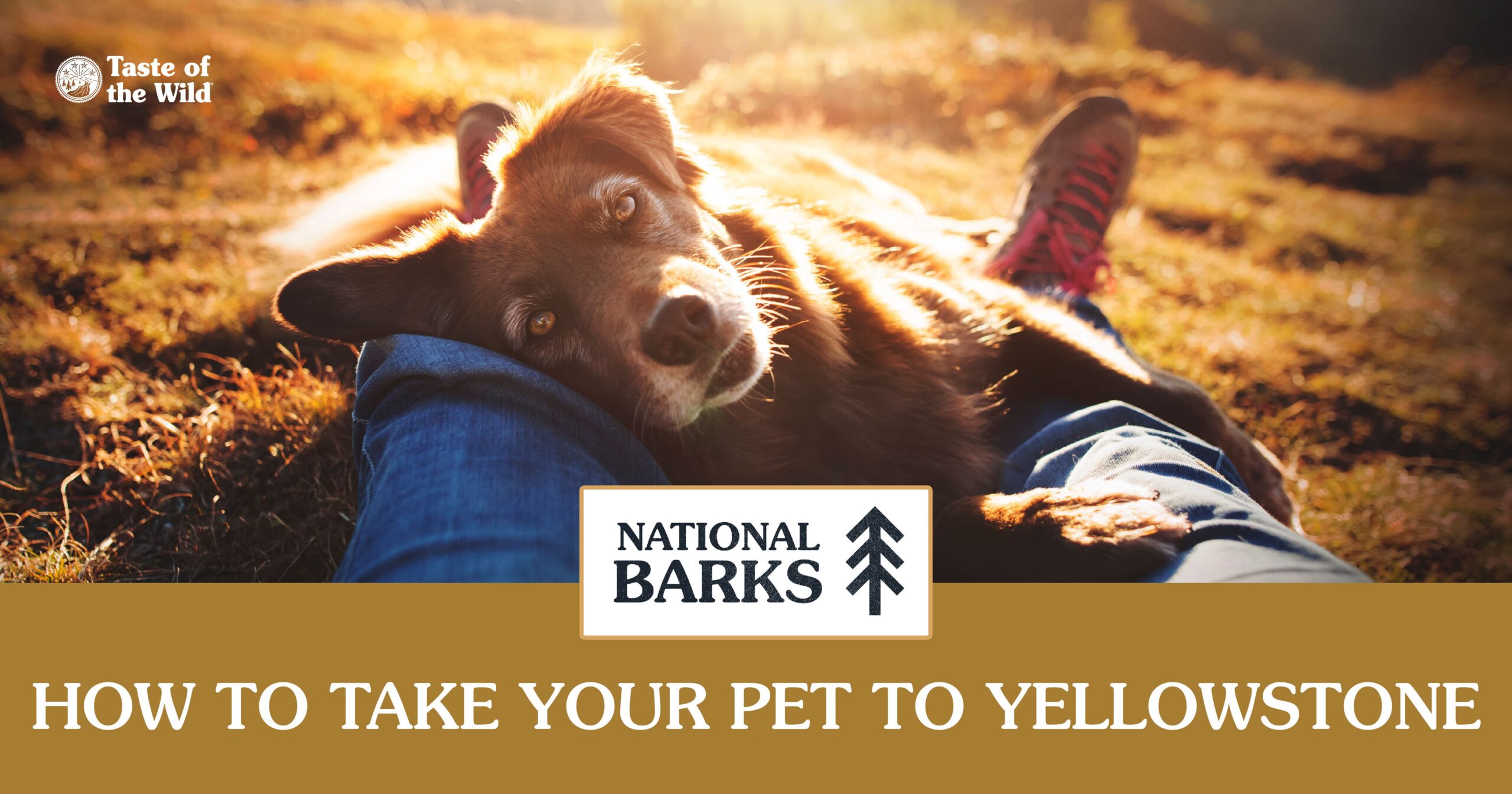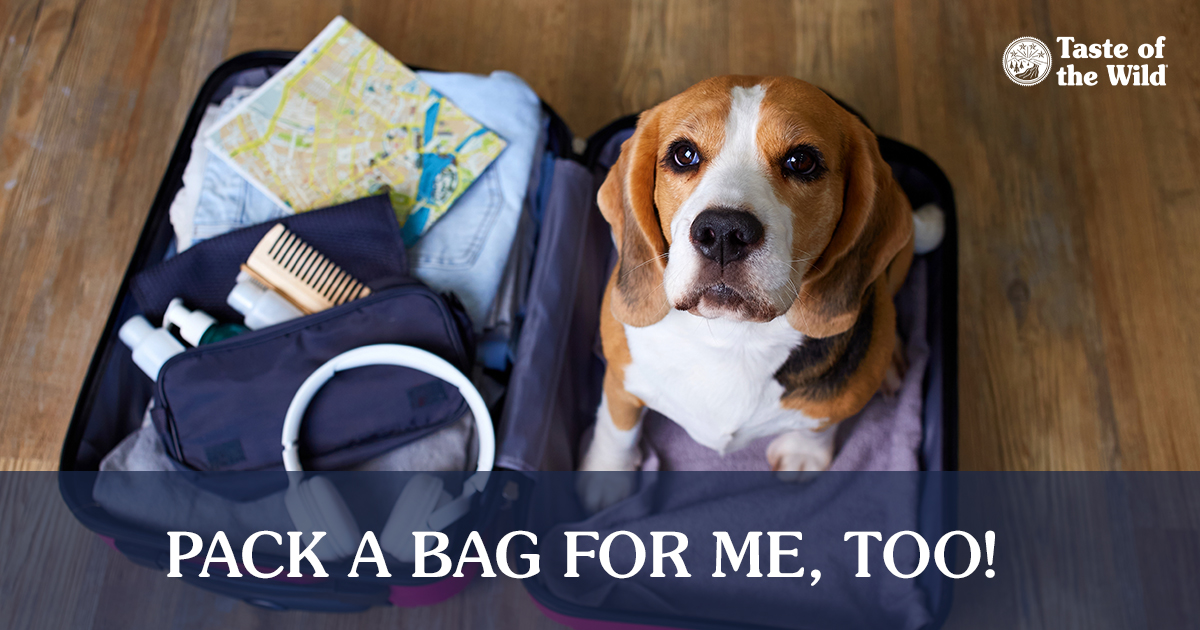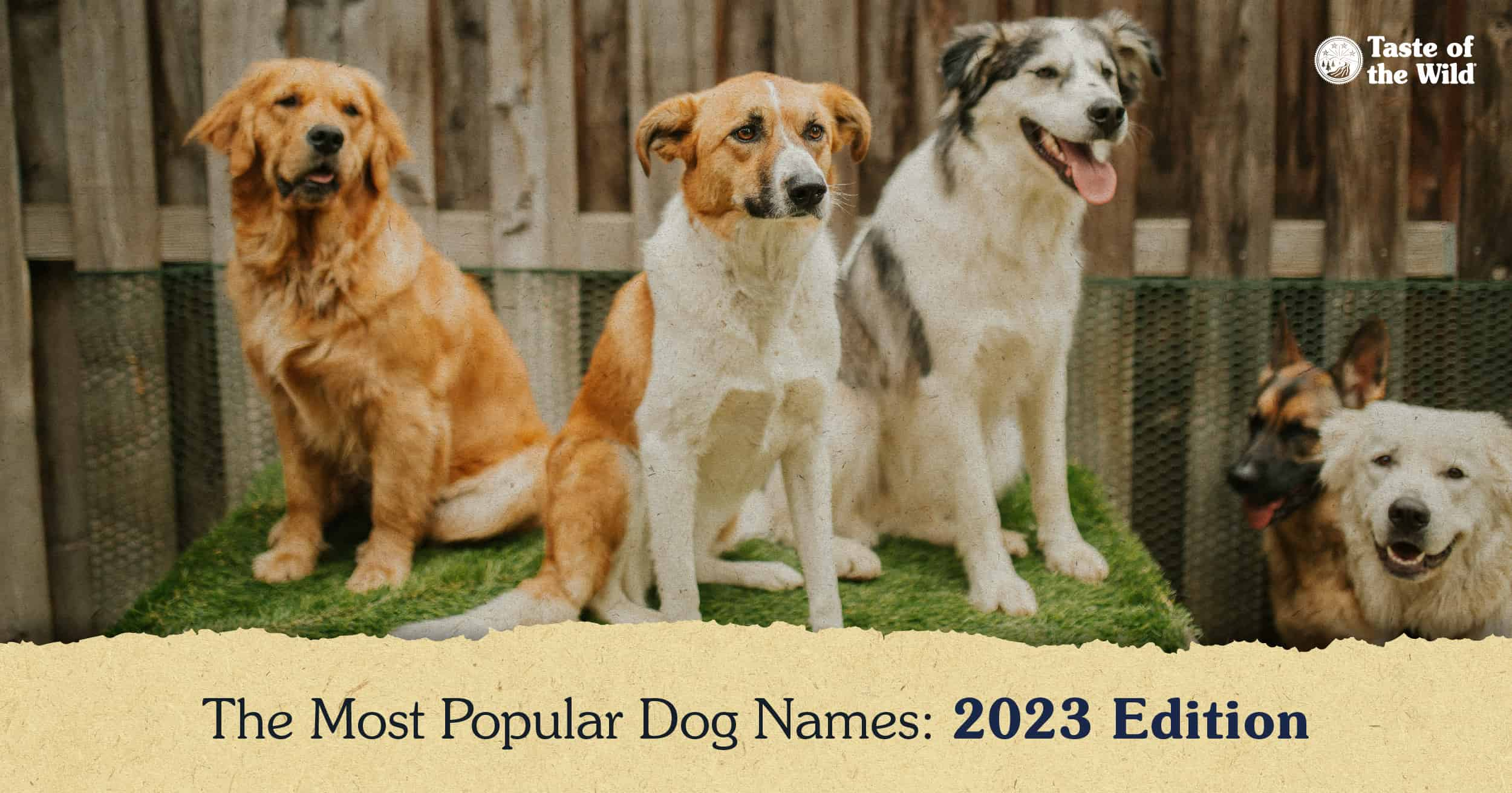National Barks: How to take your pet to Yellowstone
Thursday, March 23, 2023 | Lifestyle

Welcome to National Barks, our semi-regular guide to taking your dog sightseeing in the national parks. Today, we visit Yellowstone National Park!
Yellowstone National Park is home to 2.2 million acres of mountains, lakes, geysers, forests, hot springs and canyons. This National Bark…um…we mean, National Park is also home to more than 200 species of wild animals.
The world’s first national park attracts millions of people and doggos each year. However, it’s vital to make note of Yellowstone’s necessary pet guidelines before you begin mapping out your trip. Park officials want to ensure you and your dog stay safe while touring.
Trip Timing
If you want Fido to join you in your travels, it’s best to visit Yellowstone National Park in the spring, summer or fall. Depending on your crowd preference, you’ll want to choose accordingly. June, July and August are Yellowstone National Park’s busiest months for visitors. Warmer weather means all the roads and facilities at the park are open, allowing tourists the chance to explore the park to the fullest.
The park is typically less crowded in mid-April to May, and September to October. Most roads are usually open during these months, but there is a chance for winter weather so be sure to watch the forecast and plan accordingly. Another benefit of planning around May is the chance to see baby wildlife and blossoming wildflowers. Many animals during late April or May (as temperatures are warming) will migrate within the park so you’ll likely see more animals crossing roads and walkways during this timeframe.
The least favorable times to see Yellowstone are November through the beginning of April because most roads, restaurants, campgrounds and visitor centers are closed for winter. Winter visitors mostly book guided, one-of-a-kind experiences during these months — something Fido would not be able to take part in.
Campground Reservations Are a Must
Pets are not allowed in any of the hotels or lodges at Yellowstone National Park. When making your travel arrangements, you will want to stay at one of 12 campgrounds in the park. All are dog friendly.
Campground registration opens on the fifth of each month, 13 months in advance of your travel timeframe. Yes, that means you’ll be able to make a reservation for August 2024 in July 2023. And during those summer months, you really will need to book that far in advance to secure your registration.
Once at the campsite, remember that you are in bear country. Store your food and other scented items in the bear boxes provided at each reservation area, and keep your pet on a leash and within sight. You must clean up after your dog and properly dispose of pet waste as well. These rules prevent wildlife from being lured close to your sleeping grounds.
Take a Hike
Get ready to stretch those legs after driving around to find the perfect lookout area! Dogs are allowed to roam alongside you on a leash (6 feet or less in length) in parking lots, public areas and within 100 feet of any road. Park rules state that a pet must never be unaccompanied, even if it’s only for a few moments.
Pets are not allowed on geyser boardwalks, trails or Yellowstone’s back country. Why is your dog not allowed in these locations?
- Geysers are a must for humans to see, but too dangerous for domesticated animals. Both humans and animals have been severely burned or even killed by a geyser. When geysers erupt the temperature is about 200°
- Bears, wolves and other wildlife located deeper in Yellowstone’s terrain prey on domesticated animals. Your dog may be able to outrun a bear, but your dog could lead wildlife straight back to you—a chance none of us at Taste of the Wild or the park rangers at Yellowstone want you to take.
- Diseases can be spread from Yellowstone’s wildlife to pets, and vice versa. Mange, parvo and distemper are just a few highly contagious diseases wild animals can transmit to your dog.
Riding in the Car
Yellowstone is humungous and often requires riding in the car for long periods of time, which might come as a surprise to first-time visitors, but it’s part of the experience for you and your dog. The park is spread out across 3,471 square miles with five different entrances to choose from. How much of the park you’d like to see will determine how far you’ll be driving. Consider it a road trip when it comes to knowing how comfortable your dog needs to be in the car.
Now, as you travel along Yellowstone National Park’s windy roads, make note that you are not alone out on the pavement. Even though the speed limits are low, make sure that your pooch is secured inside the vehicle and not hanging out the window. Not only could you encounter traffic jams or slow-moving drivers soaking up the scenery, but wildlife could dart out in front of your car at any moment. Enticing!
Remain flexible and account for extra time spent out on the road. This means you’ll also want to pack extra food and water for both you and Fido. And be sure to make extra pitstops along the way for stretching the paws and bathroom breaks. Remember to bag and dispose of pet waste, too!
Altitude Sickness
Pay attention to how your dog is doing on your travels to Yellowstone National Park, and while traveling around the park. Along the way does it seem like they are struggling with the elevation changes? Your dog may need to slowly work up to a higher elevation. Each pet’s needs are unique, and you know your furry companion best.
If you notice the following symptoms, be sure to offer your pet water and gradually work your way to a lower elevation as soon as possible. They’re likely experiencing altitude sickness.
- Hard time breathing
- Vomiting/nausea
- Panting or drooling more than normal
- Bloody nose
- Decreased appetite
- Increased heart rate
- Swelling of face, limbs
- Passed out
Get those plans made now for the year ahead! Yellowstone National Park has a lot to offer you and your dog. We know we’ve run through a lot of rules, tips and tricks for your travels to the park, but all of it is to make sure you both stay safe while having the time of your lives. You and Fido will fall in love with the sights, sounds and wonders the park has to offer. Yellowstone, here you come!
RELATED POST: A TASTE OF THE WILD GUIDE TO VACATIONING WITH YOUR PET
The information in this blog has been developed with our veterinarian and is designed to help educate pet parents. If you have questions or concerns about your pet’s health or nutrition, please talk with your veterinarian.




